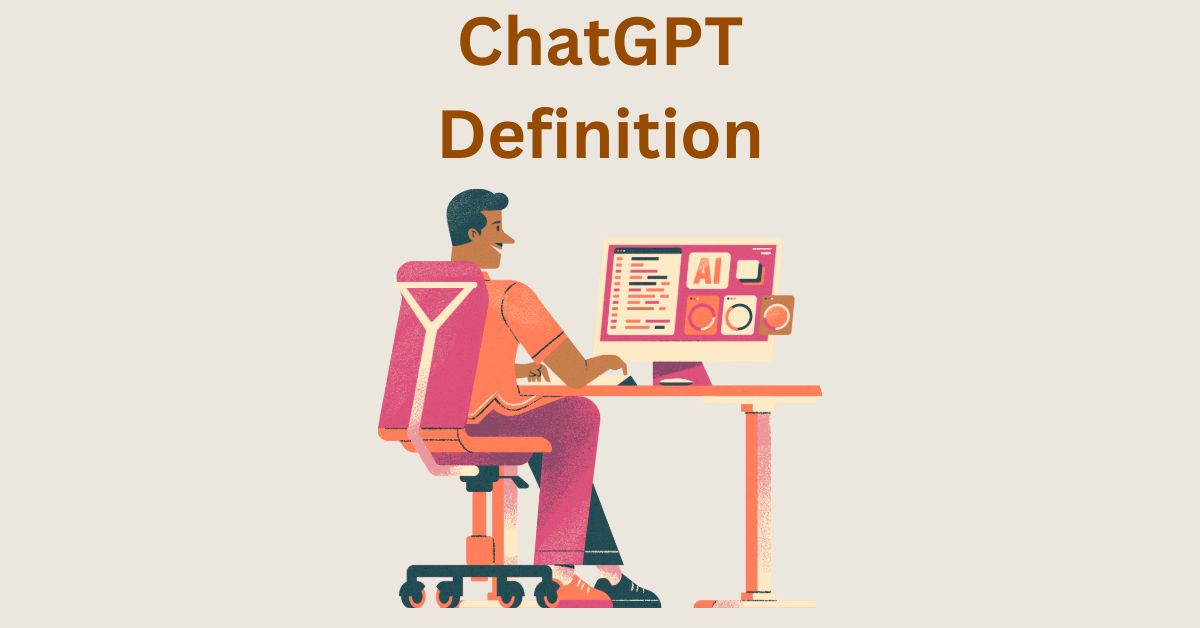What is ChatGPT – Definition, Meaning, Benefits, What it is Used for and How it Works?
Estimated reading time: 3 minutes
Last updated on March 26th, 2024 at 07:13 am
Do you want to know “What is ChatGPT”?
Imagine having a super smart friend who always has answers to your questions. That’s a bit like ChatGPT.
It’s a computer program designed to chat with you and provide information.
ChatGPT is essential because it helps people get quick and helpful responses.
Did you know that ChatGPT is based on an advanced technology called GPT-3.5 & 4, and it’s trained on a massive amount of internet text?
This makes it super knowledgeable and ready to assist you with all sorts of queries.
What exactly is ChatGPT?
Imagine you’re chatting with a really smart computer buddy. That’s a bit like ChatGPT.
It’s a computer program that understands and responds to what you say, almost like talking to a friend.
ChatGPT is powered by a technology called GPT-3.5 (free) and GPT-4 (Premium), one of the most advanced of its kind.
Just to give you an idea, GPT-3.5 has a mind-blowing 175 billion parameters and GPT-4 has 1.7 trillion parameters (the bits of information it uses to understand and generate text).
Meaning and Significance
So, the meaning of ChatGPT is to make computers understand and talk to humans in a more natural way.
Significance? Well, it’s a big deal.
It’s like having a super-smart assistant who can help with all sorts of things, from answering questions to writing paragraphs or even generating creative ideas.
People use it for all kinds of tasks to make their work and communication easier.
Benefits of ChatGPT
Why bother with ChatGPT? Because it makes life simpler.
Think about having an assistant available 24/7 that doesn’t need breaks.
It’s not just fast, it’s efficient. Plus, it can handle a ton of information at once.
The benefits are real. Studies show that using language models like ChatGPT can save a lot of time.
It’s like having a super-fast writing partner.
Businesses and individuals can use it for writing, brainstorming, coding help, and much more.
It’s like having a helpful friend who’s also a wizard with words and information.
Applications and Uses
Think of ChatGPT like a versatile tool that can be used in many different ways.
Businesses use it to create content, answer customer queries, and even help with coding.
It’s like having a Swiss Army knife for information and communication.
People use it for writing articles, generating ideas, or just having a chat.
The applications are broad!
In fact, over 300,000 developers are already using OpenAI’s GPT models for various tasks.
How ChatGPT Works?
Picture it like a really smart student who has read tons of books and articles.
When you ask ChatGPT a question or give it a prompt, it uses its vast knowledge (gathered during training) to come up with a relevant response.
It’s like having a giant library in its virtual brain.
The magic lies in the neural network – the technology behind it.
The model has been trained on a diverse range of internet text, so it understands context and can provide coherent and contextually relevant answers.
It’s like having a well-read friend who always has something insightful to say.
Wrapping Up – What is ChatGPT
ChatGPT is like a super smart computer program that’s really good at understanding and generating human-like language.
It can help with lots of different things, like answering questions or giving creative writing ideas.
However, it’s important to be aware of the ethical issues and possible biases that can come with using such advanced technology.
